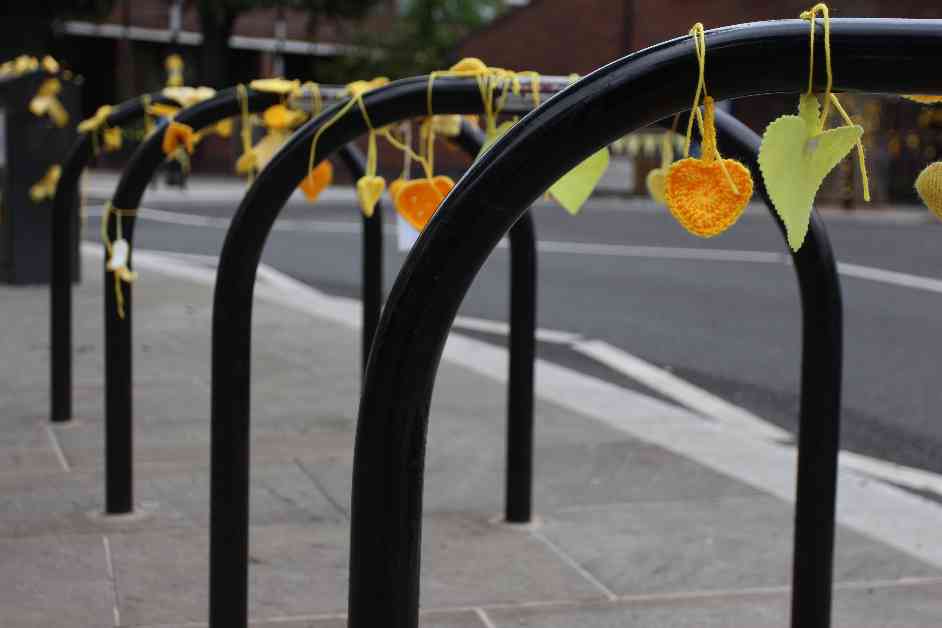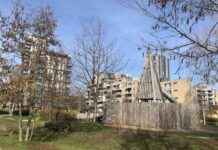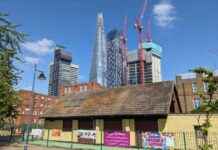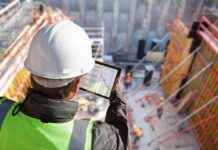The Grenfell Tower Inquiry’s Phase 2 Report: Unveiling London’s Tragedy and Path to Recovery
It has been nearly two weeks since the release of the Grenfell Tower Inquiry’s Phase 2 Report, a comprehensive 1,700-page examination of the tragic fire that took place on 14 June 2017 in Kensington, shedding light on the causes and proposing preventive measures to avert such a catastrophic event in the future.
The initial response to the report’s findings was one of shock and dismay, particularly towards the “systemic dishonesty” of those responsible for the flammable cladding and the negligence of various entities entrusted with fire safety, from national authorities to the local tenant management organization.
Since then, there has been a lull in the public discourse surrounding the report. This may be due to the sheer volume and complexity of the findings, requiring thorough analysis before drawing conclusions. It could also be that the damning revelations have silenced those who previously criticized the inquiry chairman, Sir Martin More-Bick, for being detached and untrustworthy.
Sir Martin and his team’s meticulous work aimed to gather and evaluate evidence objectively, presenting it with the gravity and precision befitting a matter of such profound significance. Their efforts have been commendable, showcasing the importance of dedicated and competent investigation in preventing future tragedies.
Implications of the inquiry extend beyond London, but certain aspects are specific to the city where the fire occurred. Personal reflections on the reactions to the fire and broader truths about London have been prompted by the report’s revelations.
London Fire Brigade’s shortcomings were highlighted in the Phase 1 Report, commending the bravery of firefighters while exposing deficiencies in training and preparedness for incidents involving combustible cladding. The lack of evacuation plans, inadequate risk assessment, and delayed decision-making regarding the “stay put” policy were significant failures contributing to the severity of the fire.
The Phase 2 Report underscored the broader failures of central government and industry bodies in addressing the risks associated with combustible materials in high-rise buildings. The inquiry revealed a systemic disregard for fire safety measures and a failure to learn from past incidents, such as the Lakanal House fire in 2009.
London’s governance structure was also called into question, with deficiencies in resilience arrangements and oversight of fire safety measures at the local level. The Royal Borough of Kensington & Chelsea and its tenant management organization were criticized for their indifference to fire safety concerns and lack of accountability in implementing recommendations.
The aftermath of the Grenfell fire saw a flurry of political rhetoric and media narratives, with some exploiting the tragedy for personal gain. The report debunked unfounded claims and shed light on the complexities of community engagement and accountability in the lead-up to the fire.
Misconceptions about Grenfell as a symbol of London’s social inequalities were challenged by the report’s detailed examination of the systemic failures that led to the disaster. The focus shifted towards concrete solutions and accountability rather than simplistic narratives of blame.
Moving forward, the report’s findings demand urgent action and systemic reform to address the longstanding issues that contributed to the Grenfell tragedy. It is imperative for the government, industry stakeholders, and local authorities to prioritize fire safety measures and implement necessary changes to prevent similar incidents in the future.
The release of the Phase 2 Report serves as a wake-up call for all involved parties to reflect on their roles and responsibilities in ensuring the safety and well-being of all residents. Justice for Grenfell victims lies not in emotive responses but in concrete actions and reforms to prevent such a tragedy from ever happening again.





















